Capable.
Intelligent.
Tec diver.
Patient.
Badass.
Ting.
Keep scrolling to read her story…

Ting is an instructor on weekends but works for a biotech company during the week, and used to specialize in neuro psych research and neuropathology in autism. She started diving in 2013 for fun and in 2017, got into tech diving in order to access more complex dive sites in the Victoria region and this progressed to getting her Dive Master (DM) certification in Geelong.
Wreck diving is her passion, and it pushed her further into her tech diving qualifications. Ting has been a teaching as an instructor for the last four years and currently actively teaches specialty courses including wreck diving. Her diving style preference is side mount over using twin tanks and she promotes side mount diving for all of her divers including females which is sometimes problematic due to the additional weight. Ting trains dive masters out of Geelong and also is highly involved in AWARE events such as dive clean-ups and organises club dive trips.
Ting spent four years teaching Geelong Grammar school students how to dive and has noticed a change to more female representation than males in a recent cohort. She used to see around 50/50 male to female ratio but now is noticing more women wanting to learn how to dive, which she thinks is great.
Challenges Ting has faced as a female instructor has mostly been around teaching older male students. Ting notices that she has to get through a barrier of convincing them that she knows what she’s doing, having to build rapport with them before they would listen to her and follow her guidance, especially when teaching higher level courses.
Ting teaches in Geelong where the other instructors are all men, over 50 years of age, and white. She is the only female instructor and notices that she is often given students who need more one to one support, sometimes due to them having more anxiety. She has also worked with disabled students, someone with a brain injury, and children with ADHD. Ting suspects that as the female instructor she is percieved as, and is more willing to support students who have additional barriers to learning, opposed to the male instructores who can be less patient.
